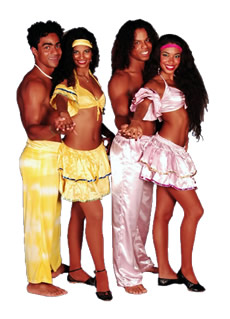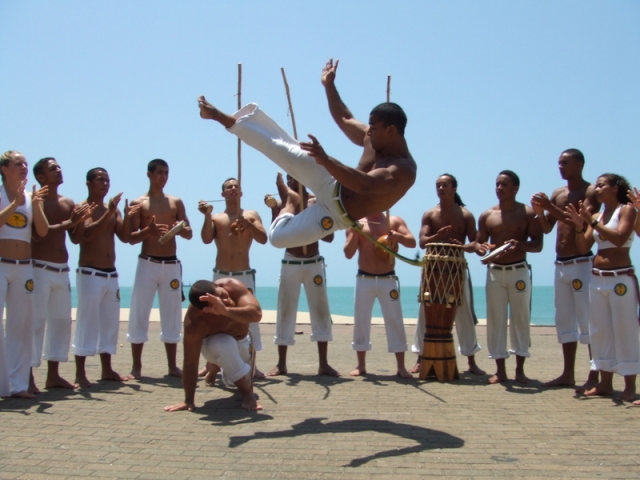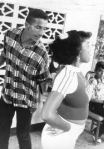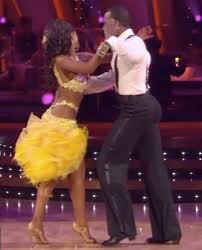 This spicy and flavorful dance is also known as the “Forbidden Dance.” This is probably due to the close nature of the dance and the fact is associate with short-skirts and shirtless guys…it was the style of that time.
This spicy and flavorful dance is also known as the “Forbidden Dance.” This is probably due to the close nature of the dance and the fact is associate with short-skirts and shirtless guys…it was the style of that time.
And, this time is the 1980s. The Lambada originated in Brazil. The modern day Lambada is a result of many different dances in Brazil. For instance, the sensual dance and the spins come from Carimbo, a dance in Northern part of Brazil during Portugal’s occupation. The name Lambada, meaning “strong slap” in Portuguese, came later as the dance and music became more distinctive.
However, it wasn’t until the 1976 when the father of Lambada, Aurino Quirino Gonçalves, launched Lambada (Sambão), the first song to be labeled Lambada. As the Lambada spread along the Bahia Coast, the 2 step Carimbo dance became a four beat danced as it mixed with the Forro, an old style of Brazilian dance.
Then, in the 80s, Lambada reached international recognition with the French group Kaoma’s song “Lambada“. A number of films have also featured the Lambada, such as “Lambada” and “The Forbidden Dance.” But, the Lambada never seemed to reach the recognition of some other Latin American dances. I’m not sure why. It looks like so much fun!
To see the Lambada lesson that is given in a more professional, fancy manner, click here.
To see the “just-for-fun” Lambada lesson, click here.
Enjoy and have fun!











